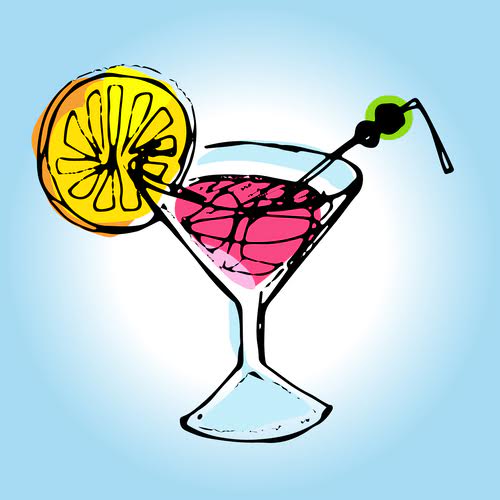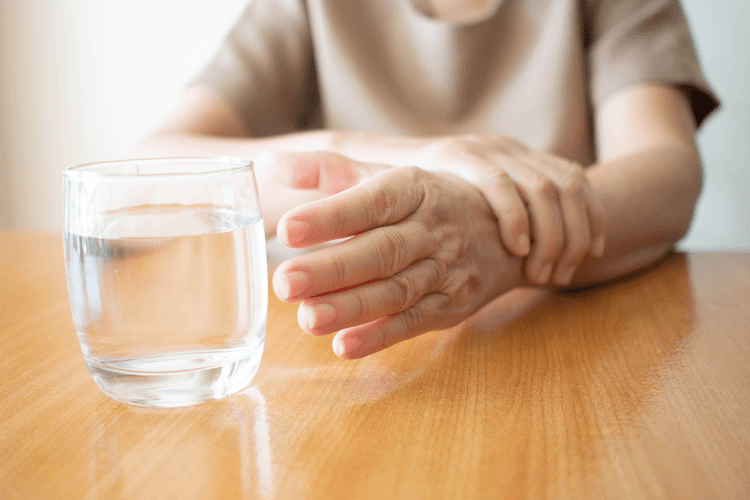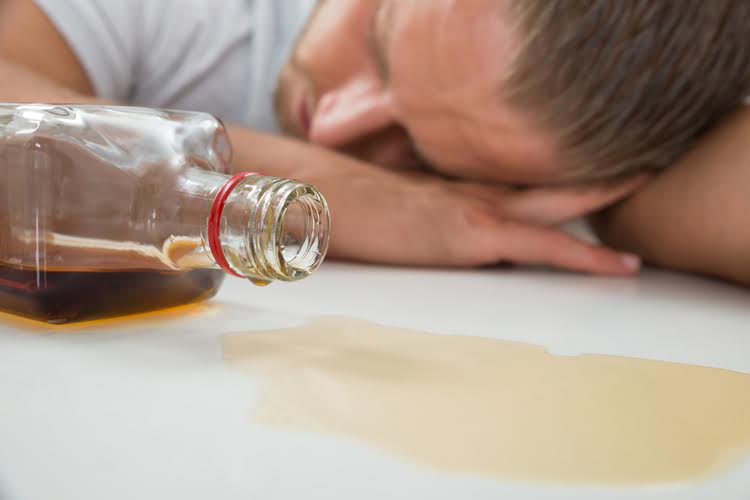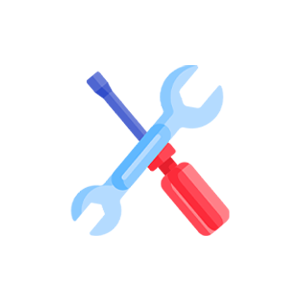Addiction Recovery: Overcoming Your Alcohol or Drug Problem
01/12/2021 21:33
If you feel that any of our content is inaccurate, out-of-date, or otherwise http://pharmacologylib.ru/books/item/f00/s00/z0000003/st010.shtml questionable, please contact at Overdose prevention is a CDC priority that impacts families and communities. Drug overdose is a leading cause of preventable death in the U.S.
- Recovery involves rebuilding a life— returning to wellness and becoming a functioning member of society.
- Residential rehab treatment is more intensive and will involve spending a number of weeks living in a rehab centre, supported around the clock by specialist addiction and medical staff.
- Spending time with people who understand exactly what you’re going through can be very healing.
- Individuals with experience and expertise may find a route to full employment by first being willing to offer their skills pro bono or as a volunteer to businesses or nonprofit organizations in their field.
Participating in aftercare programs can be a beneficial way to maintain sobriety and continue the process of recovery. He states that research shows that family-based support for addiction recovery is critical but often not obtained. Yet sustained, personalized recovery services are essential because treatment is just the first step toward growth and finding a high quality of life without substances. Stress is a major stimulus for drug craving, according to people with opioid addiction.
What Is the Drug and Alcohol Addiction Recovery Process?
- Family members often have their own emotional problems that come from coping with their loved one’s addiction.
- Modeled after Alcoholics Anonymous (AA), NA is an abstinence-based 12-step program with a defined process for overcoming addiction.
- They also address questions related to financing the group and managing public relations.
- They can answer your questions, explain your options, and help you begin your recovery journey.
- For many members of 12-step recovery programs, these steps aren’t merely a way to overcome addiction—they are a guide toward a new way of life.
As you seek help for drug addiction, it’s also important to get treatment for any other medical or psychological issues you’re experiencing. Your best chance of recovery is by getting combined mental health and addiction treatment from the same treatment provider or team. In addition to mutual support groups, whether they are 12-step programs or an alternative approach, getting professional treatment can significantly improve a person’s chances of recovery. Depending on an individual’s needs, such treatments may involve therapy, medications, or inpatient/outpatient rehab.
Overdose Prevention
It also means offering supports for people with SUD that protect against the worst consequences of drug use. Syringe-services programs reduce HIV transmission and offer people an entry point into treatment; naloxone distribution to people who use opioids and their families reduces overdose fatalities. Neither of these measures increase drug use in communities http://www.giftjap.info/freebook/detailed.php?n=3975 that implement them, as critics often worry. It’s crucial to prioritize efforts that reduce barriers to treatment, improve access to quality care, and provide long-term support for individuals in recovery. Proper investment can help more people overcome the devastating effects of addiction.

Does relapse to drug use mean treatment has failed?
Choosing to enter treatment or begin any kind of substance abuse recovery program can be scary, but it is an important step in changing one’s life. The alcohol and drug addiction recovery process can look different for each person and is based on the level of care determined for a person, so treatment is often tailored to the individual.4 Program lengths vary. You may choose a 28- or 30-day, 60-day or 90-day inpatient drug rehab stay or an outpatient rehab program, and you might like to opt for specialized treatment options. Research and clinical experience have identified a number of factors that promote recovery. Another is reorienting the brain circuitry of desire—finding or rediscovering a passion or pursuit that gives meaning to life and furnishes personal goals that are capable of supplanting the desire for drugs. A third is establishing and maintaining a strong sense of connection to others; support helps people stay on track, and it helps retune the neural circuits of desire and goal-pursuit.

Spirituality, Service, and Addiction Treatment
To clarify what this looks like in therapy, when clients come out of denial and fully acknowledge their addiction, this is a heart change. With the heart change comes the receptivity to learn new skills and build new bonds and the willingness to risk emotionally. This means they can recognize emotional, relational, and physical triggers that prompt them to want to cope by giving in to their addictions. But they also learn they now have a choice to call a peer, journal, or meditate or pray about their situation in ways that were not available to them previously. New York City recently opened the nation’s first official safe consumption clinics, where people with substance use disorder can use drugs under medical supervision.
Syringe services for people who inject drugs are enormously effective, but remain underused

Opioid use disorder (OUD) is defined as a problematic pattern of opioid use that causes significant impairment or distress. Understanding the dynamic nature of addiction, harm reduction aligns with the idea that relapses may occur and should be viewed as opportunities for learning and adjustment rather than as failures. By adopting harm reduction strategies, individuals gain the tools to make healthier choices, manage risks, and gradually work towards minimizing the impact of substance use on their lives. Addiction recovery is a complex and nuanced process, and recognizing the diversity of individual experiences is crucial in developing effective strategies for sobriety. The concept of harm reduction, along with various modalities, offers a flexible and personalized approach to cater to the unique needs and circumstances of each individual on their journey to recovery.

At every step of the way, support from friends, peers, and family is useful, but there are also many services and organizations that provide guidance., and many can be accessed through Recovery Community centers. Experts believe that tackling the emotional residue of addiction—the guilt and shame—is fundamental to building a healthy life. It’s not possible to undo the damage that was done, but it is possible to build new sources of self-respect by acknowledging past harms, repairing relationships, and maintaining the commitment to recovery. Not only is addiction relapse common, relapse is not considered a sign of failure. In fact, people in recovery might be better off if the term “relapse” were abandoned altogether and “recurrence” substituted, because it is more consistent with the process and less stigmatizing.
- It draws on aspects of cognitive-behavioral therapy (CBT) and helps members to build motivation, cope with cravings, change addictive thoughts, and adopt healthy habits.
- As a result, patients are able to handle stressful situations and various triggers that might cause another relapse.
- Motivational interviewing, aligned with the Stages of Change, acts as a skillful clinical style, motivating clients for behavioral changes that enhance well-being.
Middle Recovery
Watch artist and advocate William Stoehr’s intimate testimony, as he shares his story of loss to an opioid overdose and… Break the holiday drinking cycle by https://www.myprice74.ru/info/tv/mtv/?date=2010-06-15 understanding emotional triggers, adopting small habit shifts, and reducing reliance on alcohol. Identify other factors in your life—relationships, work—that can help take the focus off addictive behaviors.










